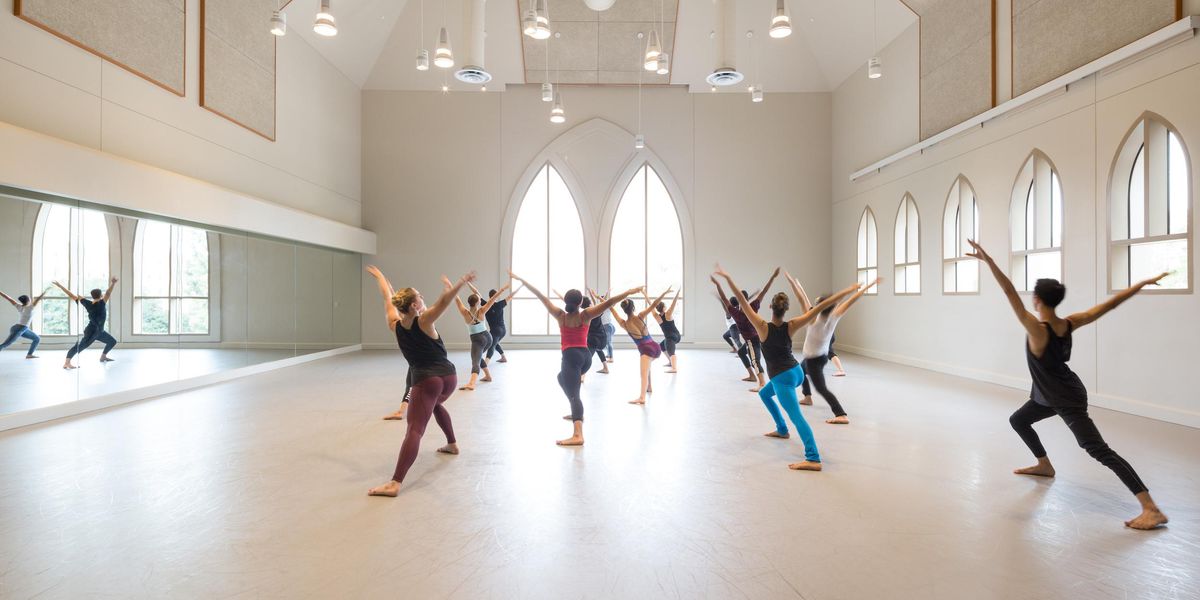Resurrection as (Re)birth
You think you know where the piece is going, and then in the last few minutes a solo changes everything.
Stephen Petronio has done this before. In City of Twist (2002) Ashleigh Leite, swathed in strings that swung as she danced, came out at the end with a wild, thrashing solo.
This time, with Like Lazarus Did (the last two performances at the Joyce are today), Nicholas Sciscione was the one who changed the piece. Completely. Spiritually. Existentially. He rose up like Lazarus did—if Lazarus had been a baby.
I am not writing this as a review because Stephen and I are colleagues, bonded forever as Trisha Brown alumni. I am writing this because some of the images were so strong and because I appreciate his ongoing commitment to movement invention—a rare thing these days.
In most of LLD, the 10 dancers are in constant motion, whipping and entangling as is Petronio’s wont. For fleeting moments, two people stagger and hide their faces as though they are sobbing. They are more pulled to the earth more than in his earlier works. (Maybe they have to get pulled down before they can rise.) Sometimes they’re all connected to each other, dragging themselves along. They remind me of Repin’s famous painting “Barge Haulers on the Volga,” where about 10 exhausted men are strapped to each other with ropes to tow a barge—punishing labor done by Russian peasants in the 18th century.
The music by Son Lux with C. J. Camerieri and Rob Moose is beautiful, slippery, and many-textured, the lyrics drawn from spirituals. Before any dancing happens, the Young People’s Chorus of New York City infiltrates the house of the Joyce Theater. If you’re in an aisle seat, there may be a youth singing in heavenly voice right next to you.
Petronio’s muscular, quirky movement spills across the stage, not unlike the way Trisha Brown’s dances look loosely spilled. (Trisha even used the word “spill” to make a particular section of Line Up.) This little vimeo of Stephen rehearsing gives a glimpse into his aesthetic. (“I want it to be ragged up.”)
And then, in the last five or six minutes, all that movement disappears, and Nick Sciscione re-enters, wearing almost nothing. Ken Tabachnick’s lights seem to shock him with a full glare—a fetus shocked by being thrust from the womb. Sciscione curls and kicks and grabs. He opens his pelvic area in an ungainly manner, like he hasn’t yet been taught manners. I’m agog. The solo seems too vulnerable, too pre-human for the stage. This is not how you’d picture Lazarus or resurrection. It’s more like being born. A rebirth. It reminds me of a quote from Merce Cunningham: “It’s only when movement becomes awkward that it becomes interesting.” This solo was definitely interesting—astonishing even.




